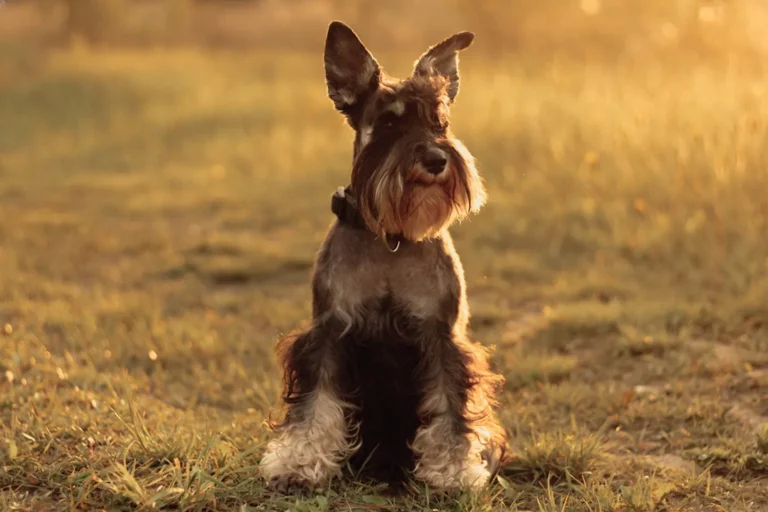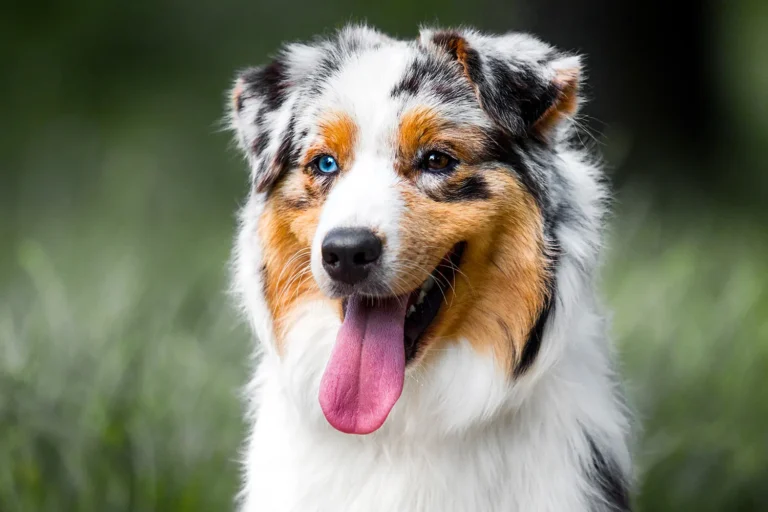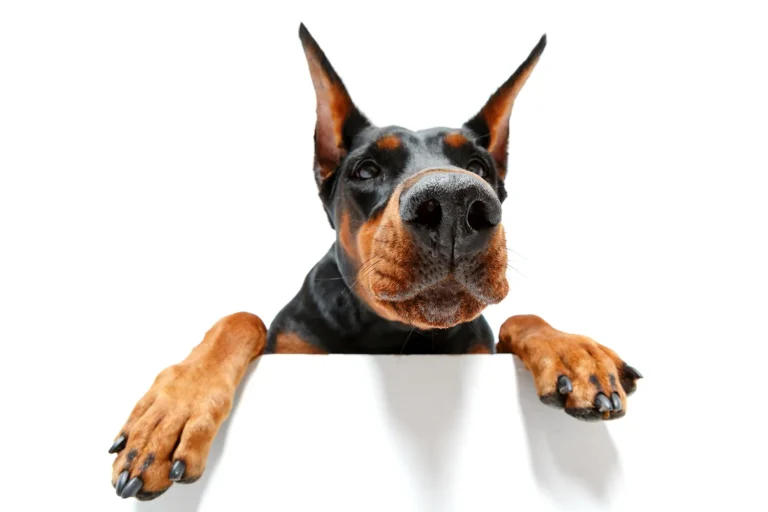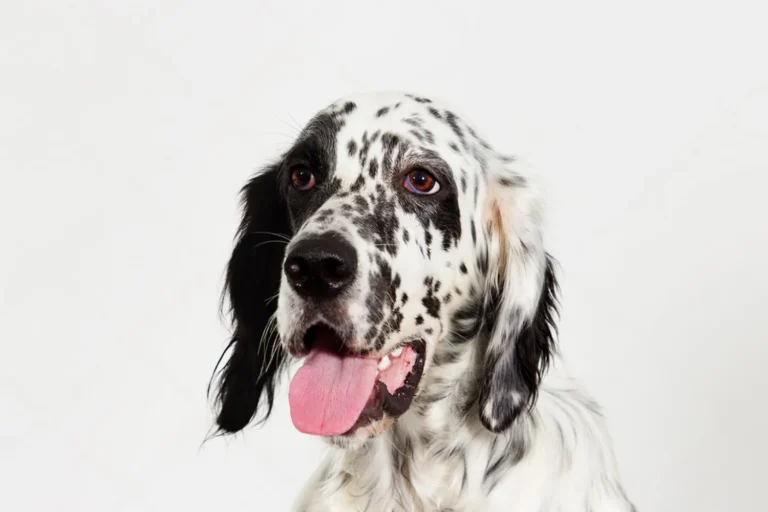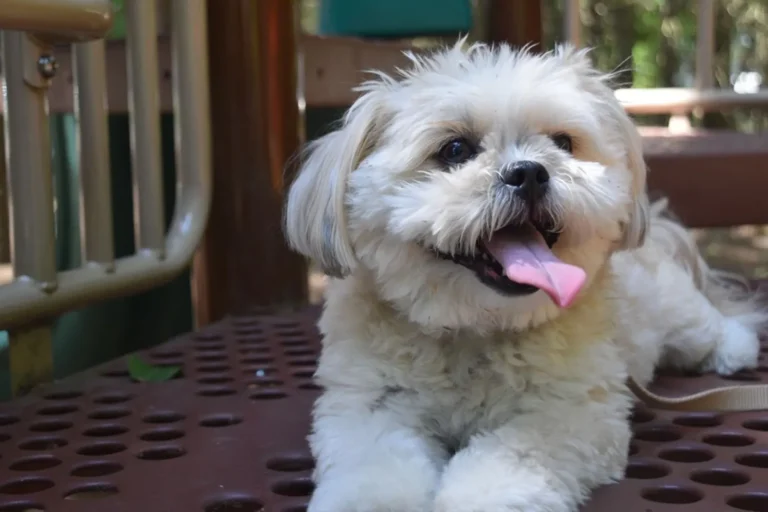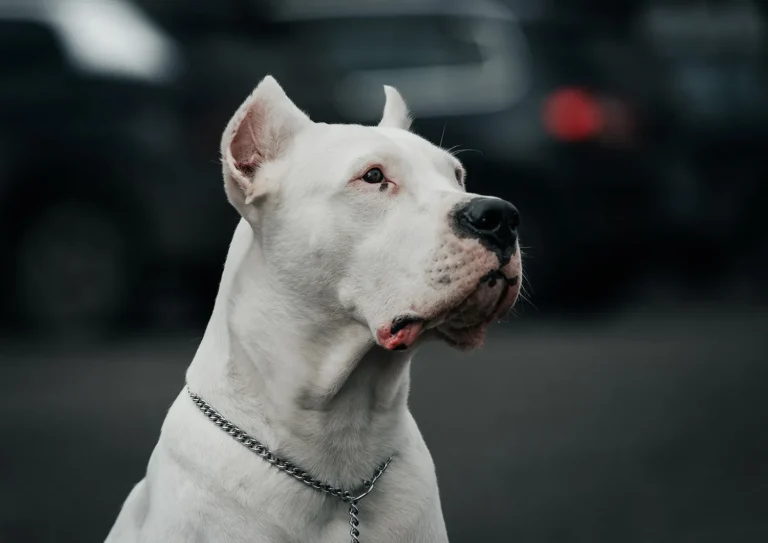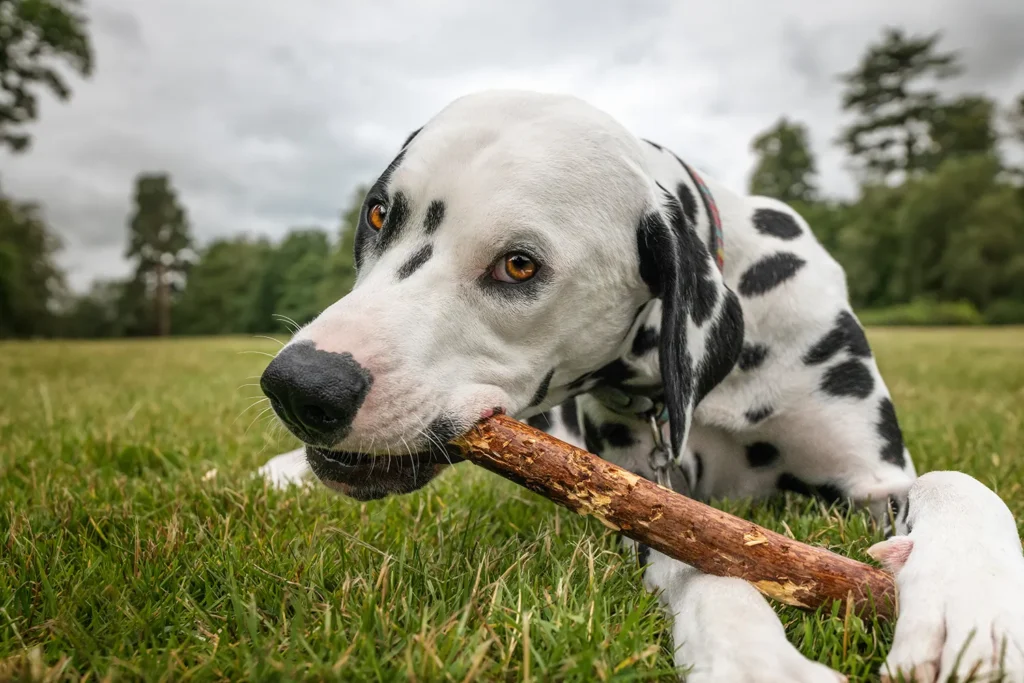
Few breeds are as instantly recognizable as the Dalmatian. Disney certainly fanned the flames after 101 Dalmatians, spots were everywhere and puppy fever was real. I remember begging my parents for a “Pongo” of my own and doodling spots on every dog in my notebook.
If those polka dots are calling your name, just remember the real dogs behind the movie magic. Dalmatians are energetic, clever, and happiest when they’ve got a job to do and plenty of exercise. My friend’s Dal will run zoomies until you grab the leash, then curl up like a cat afterward. Do a little homework before adopting those famous spots are just the beginning of the story.
History and Origins of the Dalmatian
Ask ten dog lovers where Dalmatians came from and you’ll probably get eleven answers. Their beginnings are a bit of a mystery, which only adds to their charm. Many believe the breed traveled with nomadic Romani groups, padding along caravans and acting as watchful camp sentries. I like to picture those spotted silhouettes moving from village to village, always on the move, always with a job to do.
The name itself points to Dalmatia, a coastal region that’s now part of Croatia. Dalmatians likely spent time there long enough to earn the title, and it’s entirely possible the region helped shape the breed we know today. A breeder I spoke with near Split told me locals still smile at the thought of “their” spotted dogs being world famous.
Over the centuries, Dalmatians have worn a lot of hats: guard dog, travel companion, and most famously, coaching dog. In England, they ran with horse drawn coaches, clearing the way, trotting under the axle, and keeping vandals or stray dogs at bay. I once watched a carriage demo in the Cotswolds where a Dal glided alongside the wheels like it was born to it head up, eyes glued to the horses, proud as anything. In the United States, they found a new calling in firehouses, watching over equipment and racing beside the horses to fires. An old firefighter I met in upstate New York told me their station’s Dalmatian still “inspects” the trucks at dawn, just out of tradition.
All that history explains a lot about the breed today why they’re so steady around motion and noise, why they love a good long run, and why they perk up when a job’s on offer. If you bring a Dalmatian home, lean into that legacy. Give them purposeful exercise, try activities like canicross or carting, and use routines that make them feel like part of a team. They’re at their best when they’ve got somewhere to go, someone to guard, and a story to trot alongside just like they always have.
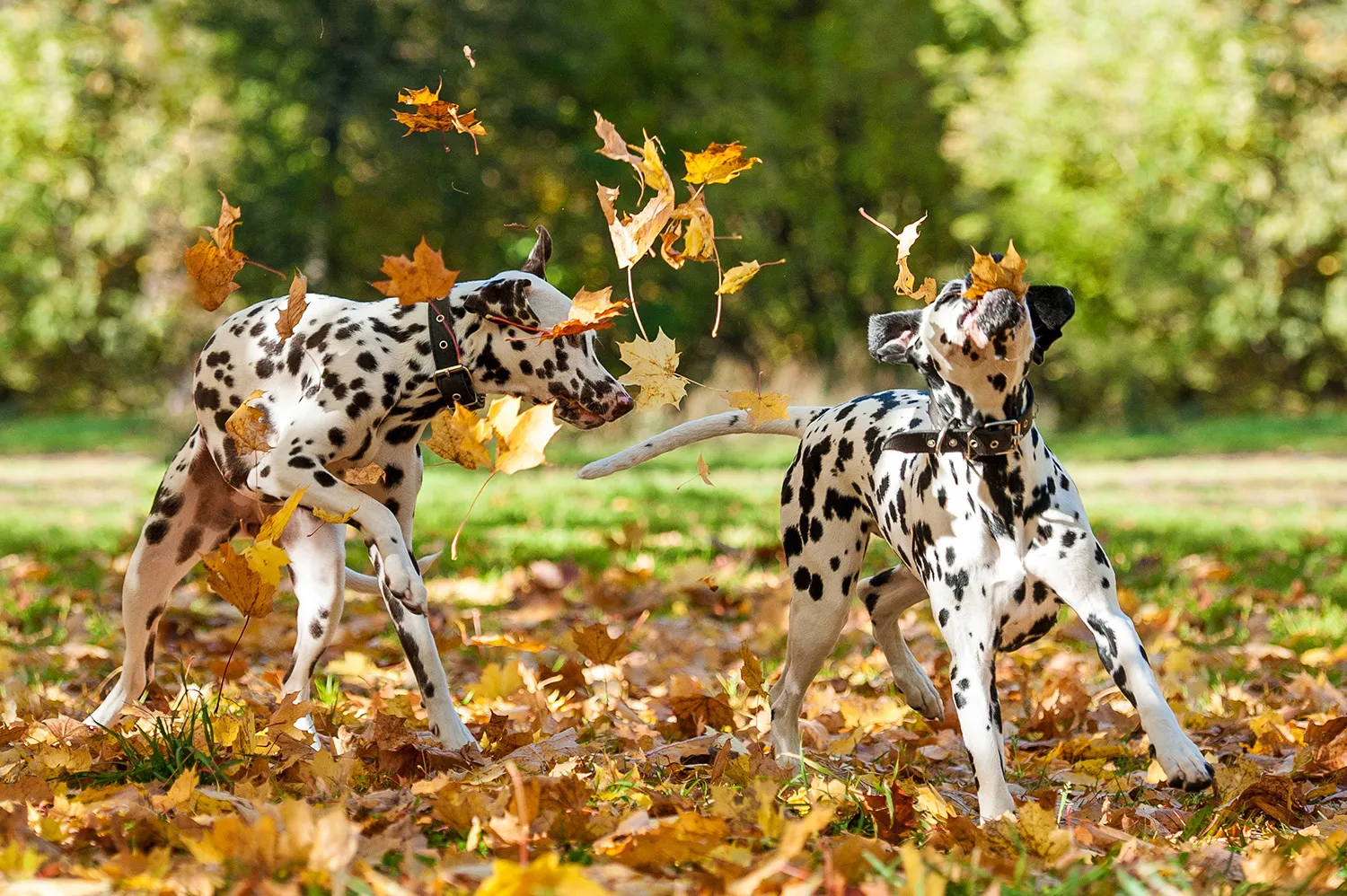
What Is a Dalmatian Dog?
Think of the classic white dog splashed with bold spots, and you’re picturing a Dalmatian. They’re a medium sized, athletic breed with a sleek coat marked in black or rich liver brown. No two spot patterns are alike, which is half the fun I remember meeting a Dalmatian named Pepper whose ears looked like perfectly round polka dots. Puppies are even born plain white, and their spots appear as they grow, like someone slowly painting a masterpiece.
Dalmatians were originally hunting and carriage dogs, trotting alongside horse drawn vehicles to guard and clear the way. That history shows in their stamina and purposeful stride. They love having a job whether that’s joining you on a run or mastering a new trick. When I dog sat a Dalmatian for a week, I learned quickly that a brisk walk wasn’t enough; a good game of fetch and a puzzle toy afterward finally earned me a blissfully snoozing companion. My advice: plan for daily, solid exercise and keep training positive and consistent. They’re smart, sensitive, and happiest when their brain and legs both get a workout.
While they’re short haired, don’t be fooled Dalmatians shed year round. A rubber grooming mitt and a quick weekly brush kept my friend’s couch from turning white. Originating from the region of Dalmatia in what is now Croatia, these dogs have charmed their way around the world. In the right home active, engaged, and a bit spot obsessed they’re unforgettable.
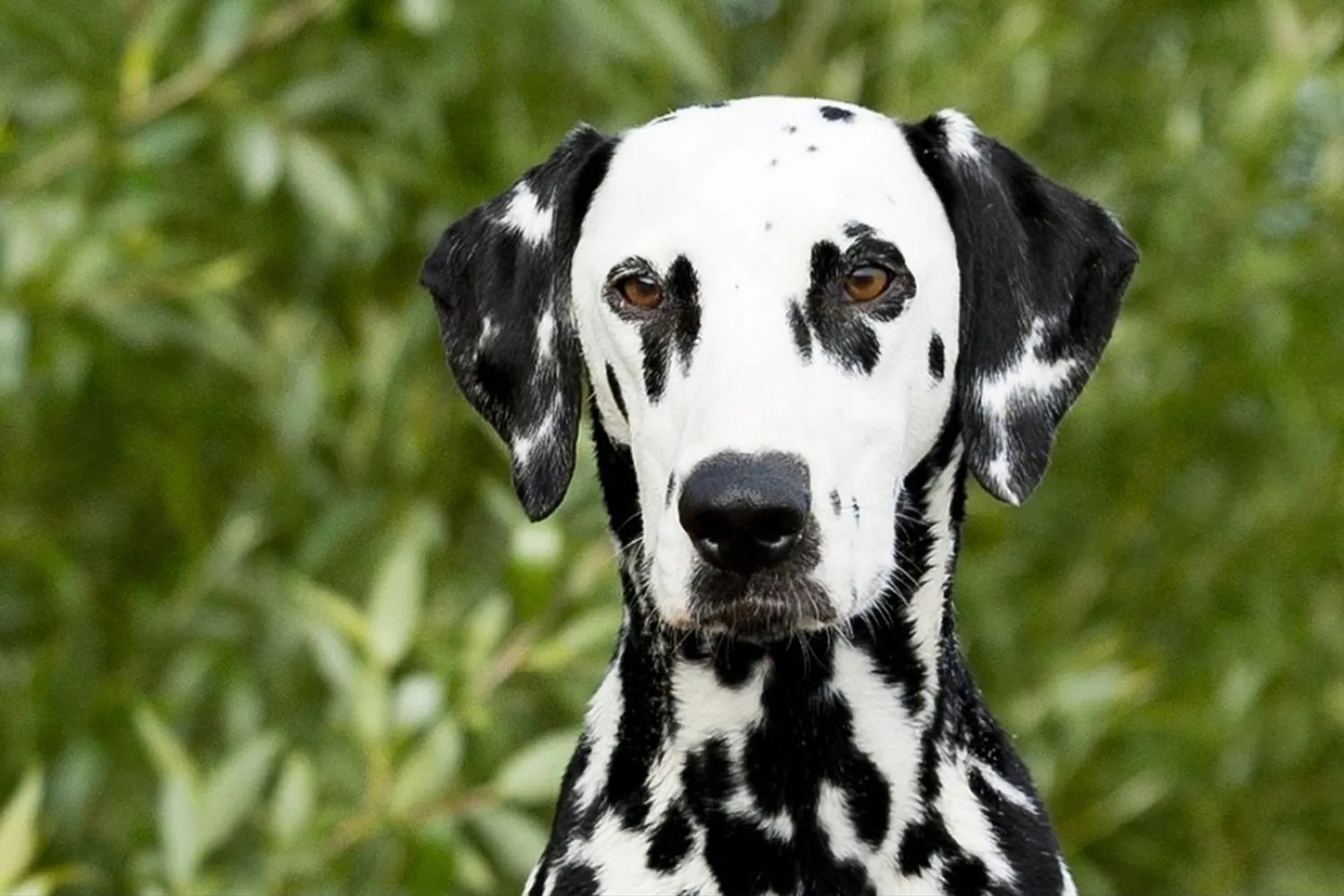
Who Is a Dalmatian Best For?
If your household loves laughter, long walks, and a bit of daily chaos (the fun kind), a Dalmatian can be a wonderful fit. These spotted charmers are energetic and goofy, yet generally patient enough to handle kids’ antics. I used to dog sit a Dalmatian named Pepper who would gently follow my toddler niece around the yard like a polka dotted shadow, then bolt off in happy zoomies the moment someone picked up a ball. They’re playful, affectionate, and tend to thrive when they’re part of the action.
That said, they really do need more than the “bare minimum” when it comes to exercise. Think 60-90 minutes of solid activity most days, plus mental stimulation. A quick stroll around the block won’t cut it. They shine with jogging, hiking, or even bike runs with a proper setup. I once trained for a charity 10K with a friend’s Dalmatian, and she paced me beautifully steady, eager, and thrilled to be included. Just bring water and keep an eye on the heat; those sleek coats don’t offer much insulation.
If your family is away for long hours or swamped with schedules, a Dalmatian may struggle. Boredom can turn into mischief, and they’re clever enough to invent their own “projects” (Pepper once reorganized my sock drawer… onto the living room floor). If your routine is busy but you’re committed, consider dog walkers, doggy daycare, puzzle toys, and regular training sessions to keep their minds busy.
Apartment or house, they can do well anywhere with proper exercise and attention. They’re smart, sometimes a tad headstrong, so consistent, positive training helps. And fair warning from my lint roller collection: they shed. A lot. If you’re ready for an athletic companion who doubles as a comedic sidekick, a Dalmatian might be your perfect match.
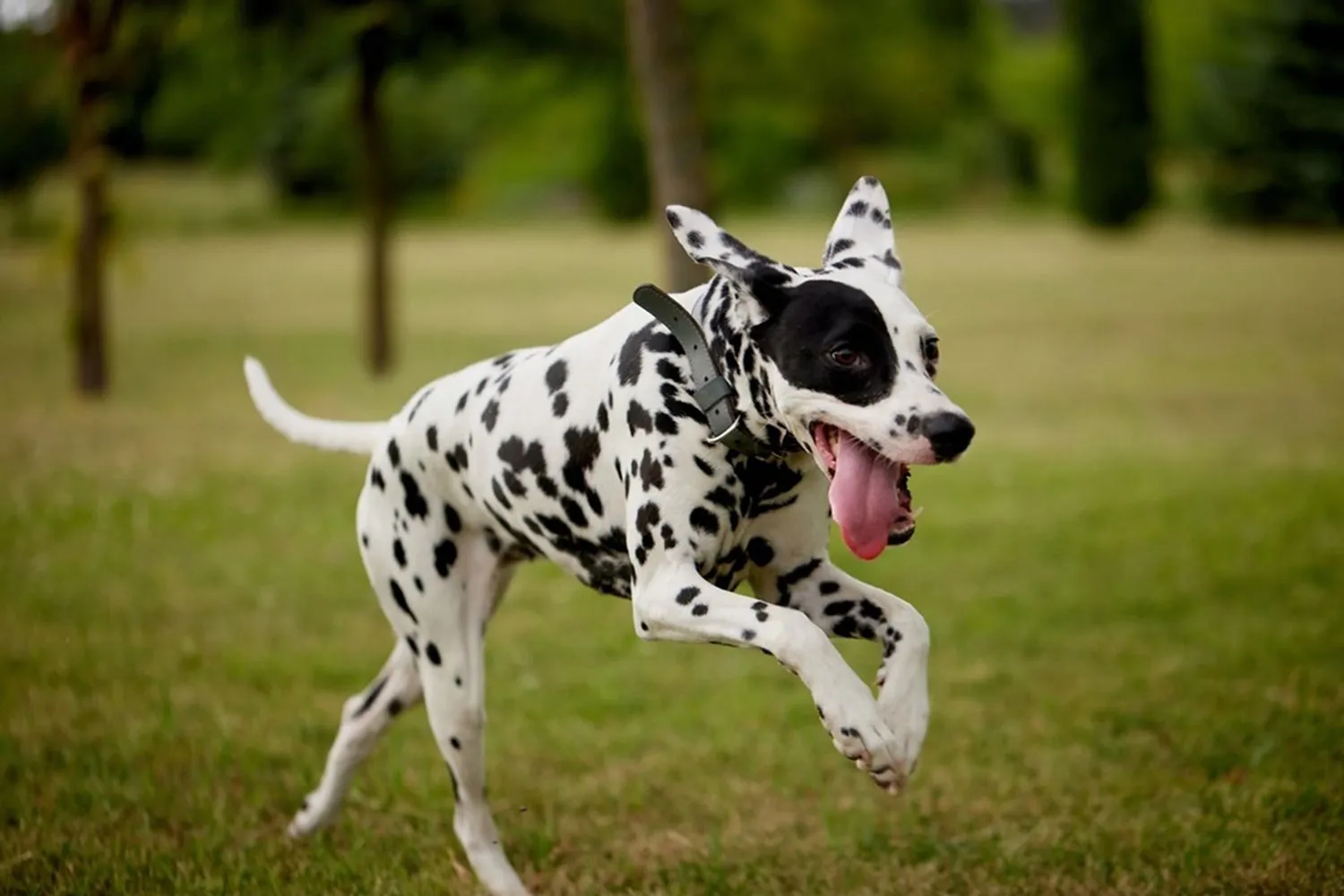
Dalmatian Grooming and Shedding
I get why Cruella was obsessed there’s something irresistible about a Dalmatian’s coat. It feels like satin when you run your hand over it, almost velvety, with that crisp white base peppered in those iconic black or chocolate brown spots. One of my favorite things is how clean they tend to stay; Dalmatians don’t have that heavy “doggy” smell, and their coats seem to shrug off dirt. After a muddy trail walk, I’ve wiped one down with a damp microfiber towel and watched them go from splattered to spotless in minutes. You won’t be bathing a Dalmatian every week usually just when they get truly grubby or every month or two at most. Overbathing can dry out their skin, so keep it simple and spot clean when you can.
Now, here’s the trade off: they shed. All year. Think of it as Dalmatian confetti short, pale hairs that magically appear on your leggings, your sofa, and somehow your toast if you’re not careful. A weekly brush is the baseline to keep that under control, but in my house, twice a week during spring and fall keeps me sane. I swear by a rubber grooming mitt or curry brush; use short, gentle circular motions to lift loose hair, then finish with a soft bristle brush to smooth things down. The more you brush, the fewer baths you’ll need brushing spreads natural oils and keeps the coat gleaming. Pro tip: stash lint rollers in a couple of rooms, throw a washable blanket over the couch, and do a quick vacuum once or twice a week. On warm days, I’ve even done a “brush out” in the yard and watched little tumbleweeds of hair float away like dandelion fluff.
Don’t forget the rest of the routine. Brush their teeth two to three times a week with dog safe toothpaste daily if you can swing it and lean on dental chews to help between brushings. Trim nails whenever you hear that telltale click on the floor; every two to four weeks works for many Dalmatians. If nail clippers make you nervous, a nail grinder gives you more control, and I’ve found a handful of treats and a calm podcast make it feel like a mini spa session. Check those ears weekly, too. Dalmatians’ ears can trap a bit of wax and debris, so a quick wipe with a vet approved cleaner keeps things fresh. My rule: after a swim or a rainy hike, I towel dry the ears gently to ward off any moisture issues.
Set a simple rhythm five to ten minutes of brushing, a quick ear check, a peek at the nails, and a tooth brushing session a few times a week and grooming becomes easy, even kind of meditative. My friend’s Dalmatian leans into the brush and sighs like he’s at a day spa, which always makes me laugh. Keep it positive, keep it regular, and you’ll have a gleaming, happy spotted companion who looks and smells as good as they feel.
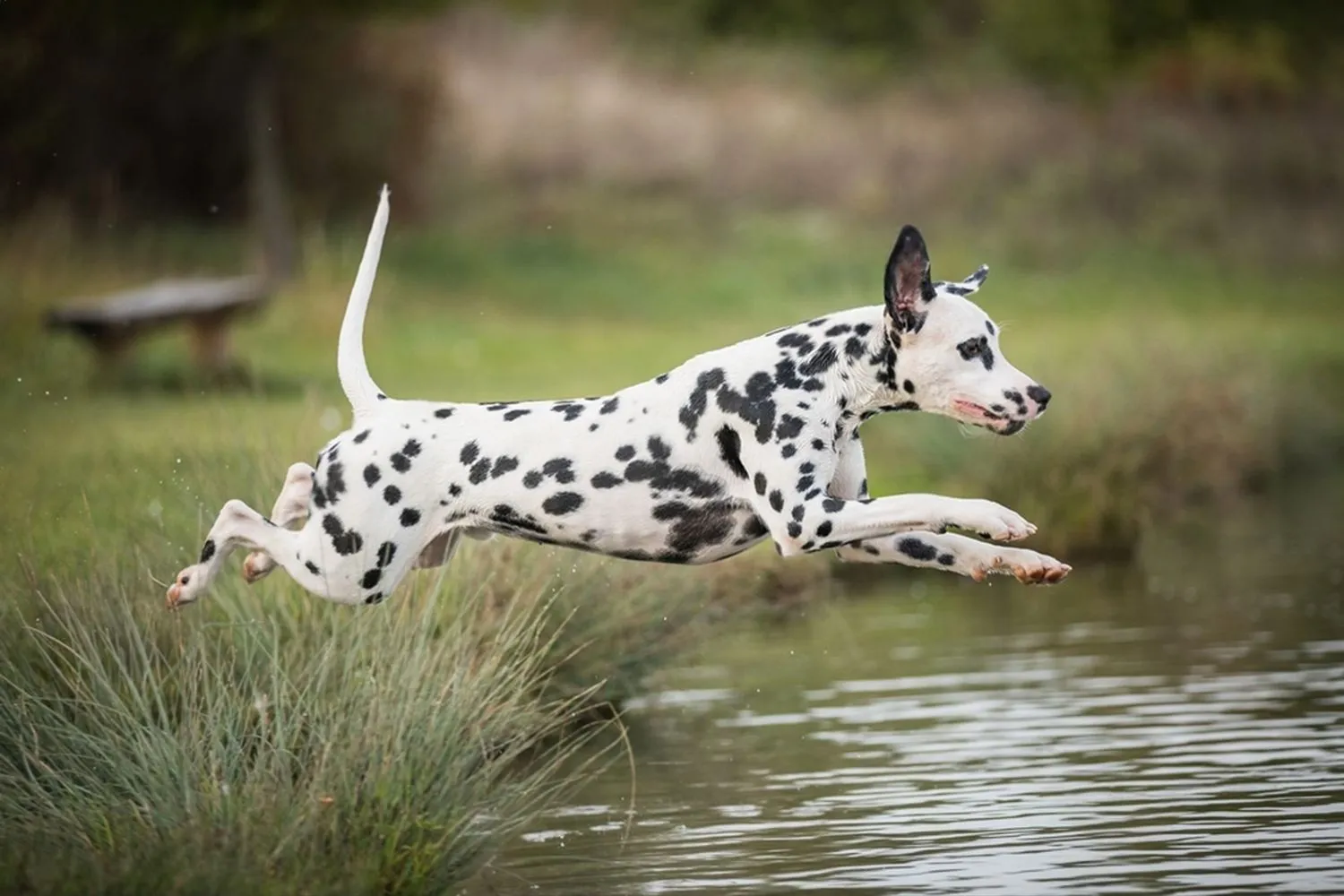
Do Dalmatians Bark a Lot?
Most Dalmatians aren’t big barkers, but like any dog, it depends on the individual. The ones I’ve known tended to save their voices for a reason someone at the door, a squirrel taunting them, or when they needed a potty break. My neighbor’s Dalmatian, Pepper, is quiet as a mouse all day, then lets out one dignified “woof” when the delivery truck pulls up and that’s it.
If yours is being vocal, it’s usually their way of saying they’re bored or feeling a bit lonely. A good walk, a quick game of fetch, or a puzzle feeder can work wonders. I also like teaching a “quiet” cue after a calm moment easy, short sessions add up. Compared to many breeds (think terriers or herding dogs), Dalmatians are pleasantly low key in the noise department.
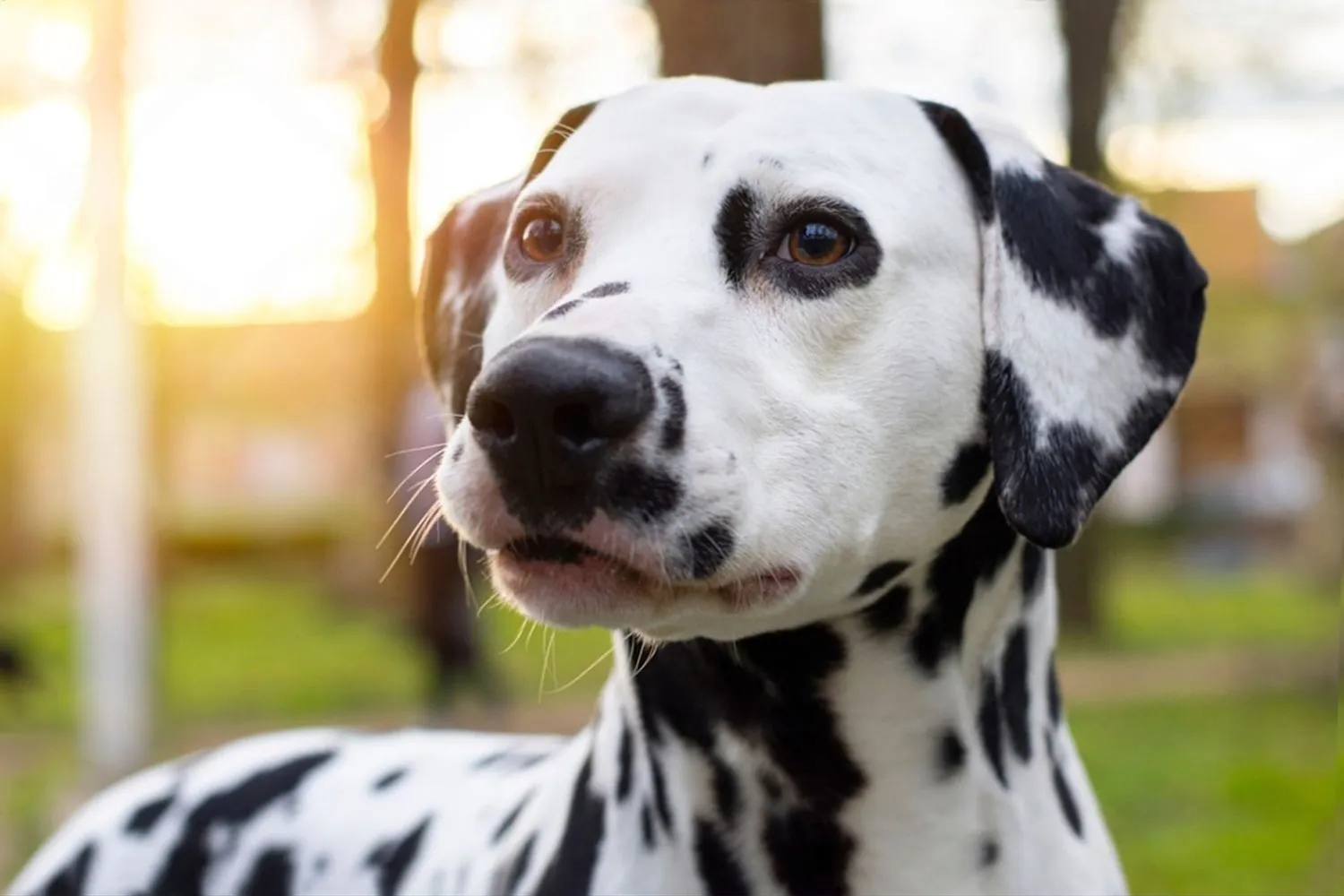
What’s the average weight and height of a Dalmatian?
Dalmatians are on the slightly larger side of medium, standing about 48 to 61 cm at the shoulder (that’s measured at the withers) and generally weighing 22 to 25 kg. In old-fashioned terms, you’re looking at roughly 19 to 24 inches tall and 48 to 55 pounds. They’re lean and athletic rather than bulky, but don’t let that sleek look fool you there’s real muscle under those spots. Males often land toward the top of the range, females a bit lower, but plenty of healthy Dalmatians sit comfortably somewhere in the middle. https://en.wikipedia.org/wiki/Dalmatian_dog
They’re not the kind of dog you scoop up without thinking unless we’re talking about a puppy. I still remember trying to lift my adult Dalmatian into the bath after a muddy woodland dash; he gave me that “are you sure about this?” look and I immediately rethought my strategy. If you’re hoping for a true lap dog, a Dalmatian’s size might be more than you bargained for though they will absolutely try to be lap dogs anyway. Mine used to wedge himself halfway onto my knees, convinced that counted.
A couple of tips if you’re considering one: teach them early to hop into the car on their own so you’re not straining your back later, and get them comfortable with being weighed and handled since vet visits are smoother when they’re cooperative. Puppies shoot up fast and reach close to their adult height around their first birthday, then fill out with muscle. Keep them trim with regular exercise and measured meals; a fit Dalmatian should look sleek with a visible waist, not bulky.
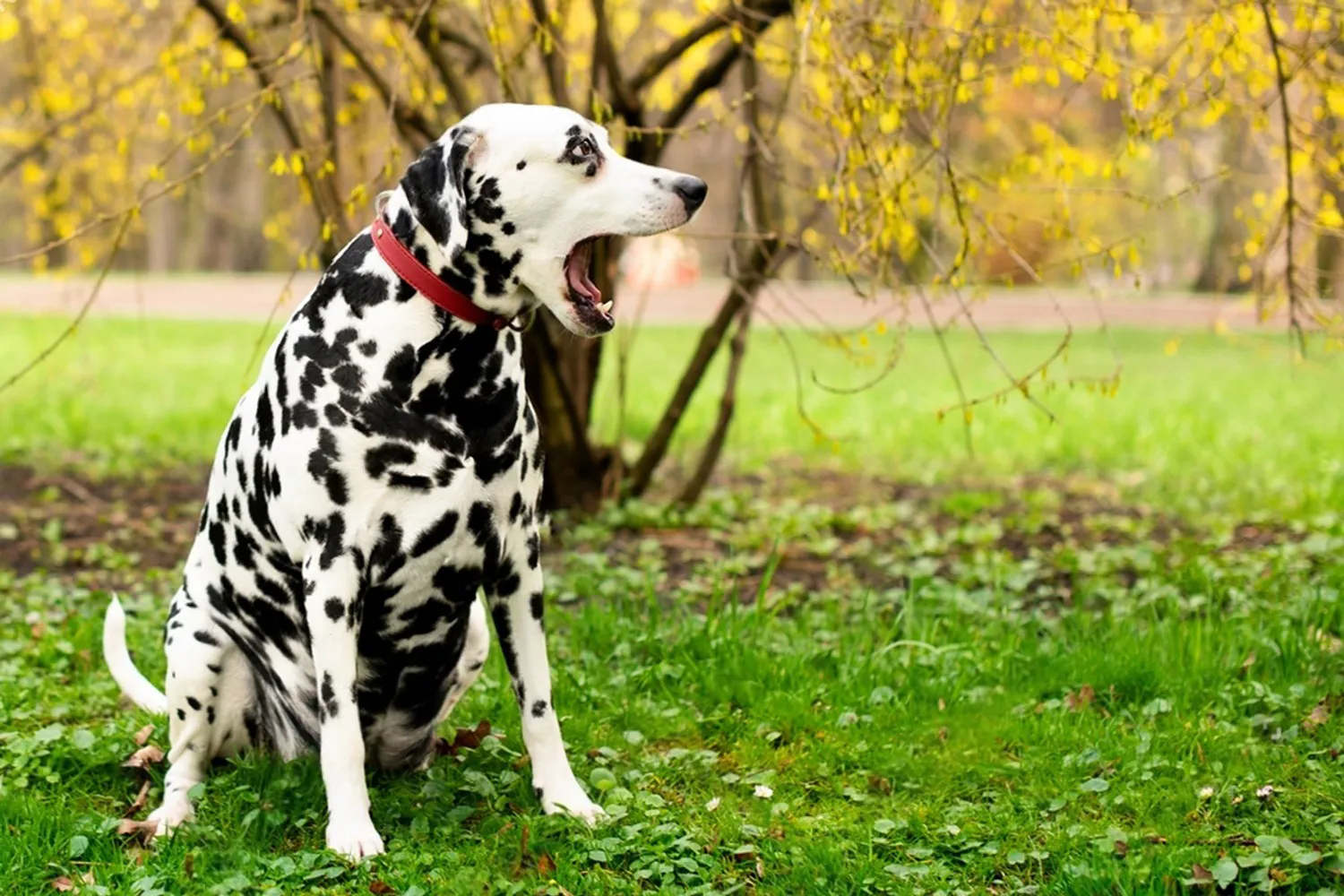
Are Dalmatians easy to train?
Dalmatians have a mind of their own, and that’s part of their charm. They’re smart, observant, and a tad opinionated more “convince me” than “yes, sir.” I remember helping a friend with her Dalmatian, Pepper, who would look at us like a tiny professor grading our technique. The moment we made training into a game with quick rewards and lots of praise, she lit up and nailed the cue. So yes, they can be a challenge, but it’s because they’re thinkers, not because they’re untrainable.
Patience and trust are the secret sauce. Keep sessions short and upbeat, use high value treats or a favorite toy, and switch things up so they don’t get bored. I like to do five minute bursts after a little exercise zoomies out, focus in. Be consistent with your cues, stay calm, and end on a win, even if it’s just a great sit. Dalmatians can be sensitive, so avoid harsh corrections; they shut down faster than you can say “heel.” If you ever notice hearing quirks (not uncommon in the breed), hand signals and clear body language work wonders. Stick with it, keep it fun, and one day you’ll look over and realize they got it and they’re proud of it, too.
How Do Dalmatians Behave? A Look at Their Temperament and Personality
The first Dalmatian puppy I ever met bounced into my life like a spotted pinball. That energy you’ve heard about? It’s real from day one. These dogs seem born with a full battery, and they thrive on outlets for both body and brain. Long walks, jogs, fetch marathons they’ll say yes to all of it and then look at you like, “What’s next?” I once helped a friend tire out her Dalmatian by rotating through a run, a flirt pole session, and a puzzle feeder… and he still trotted around the house carrying his ball, just in case we forgot there was more fun to be had.
Dalmatians are clever in a way that keeps you laughing. They’re a little sly and a lot observant masters at figuring out how to get a reaction. One pup I knew learned that a dramatic sigh would make me stop typing and throw the toy. They’re keenly alert to what you’re doing and what’s going on around them, which is why they love shadowing you from room to room. It feels like living with a speckled assistant manager.
Early socialization is essential, just like with any breed, and with Dalmatians it pays off tenfold. Introduce them to people, places, and friendly dogs while they’re young. Their coach dog heritage shows up in their love of motion and purpose, so channel that with dog sports agility, canicross, rally, even long, structured hikes. Short, focused training bursts (five to ten minutes) work beautifully for that bright brain, and puzzle toys or scent games will help settle them after the zoomies. Give a Dalmatian plenty to do and a bit of guidance, and you’ll have a hilarious, attentive partner who’s always ready for the next adventure.
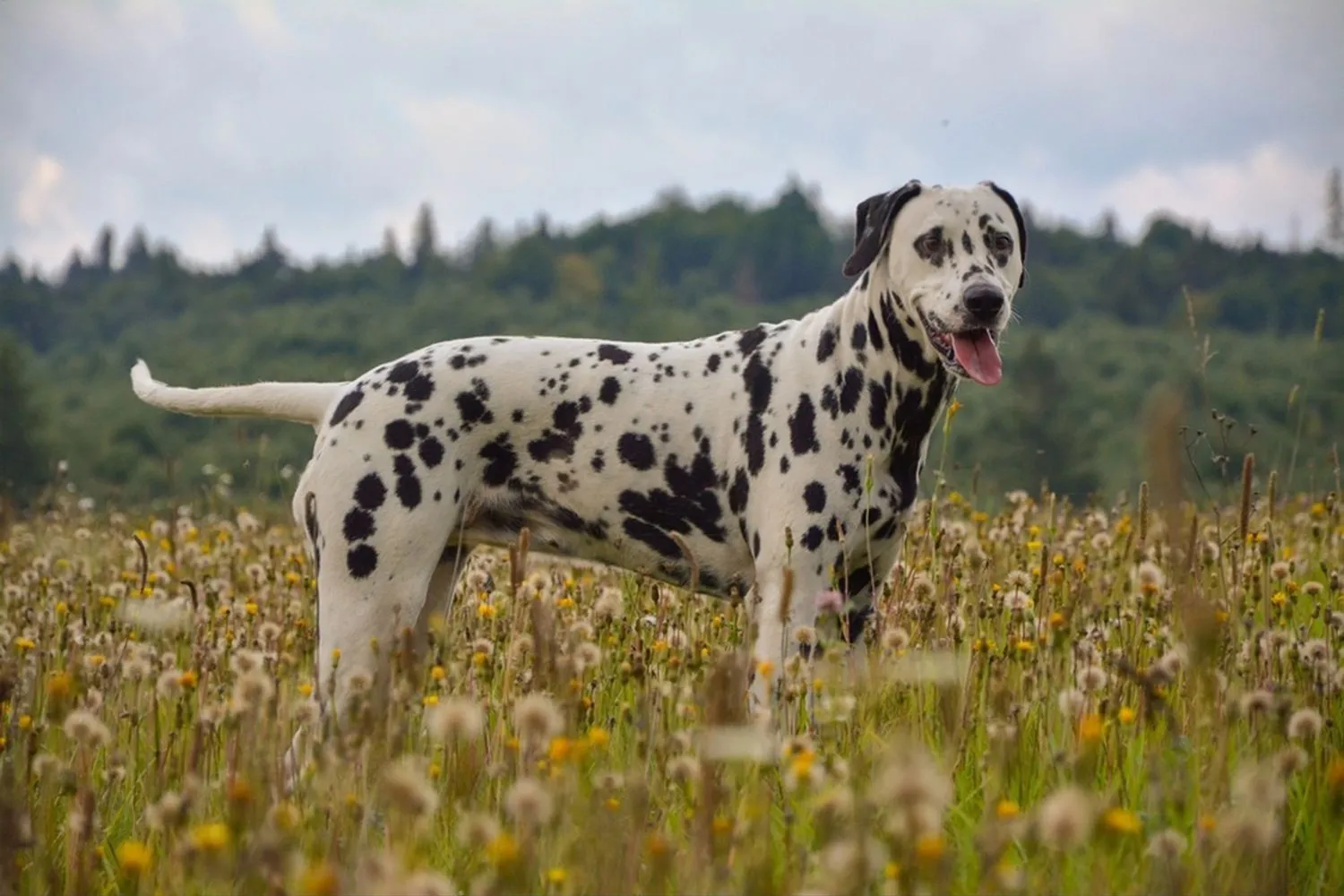
Do Dalmatians Have Common Health Issues?
These spotted athletes are generally hardy, but there are a few breed quirks I always keep on my radar. Think of it like owning a fast sports car: gorgeous, zippy, and happiest when you keep up with the maintenance. Partnering with a good vet and knowing what to watch for makes life with a Dalmatian smoother for everyone.
Let’s start with deafness, because it’s the one I hear about most. Dalmatians have a higher than average risk of hereditary deafness, and some pups are born completely deaf while others hear in just one ear. It sounds daunting, but deaf dogs can live incredible lives. A friend adopted a deaf Dal named Pongo, and he learned hand signals faster than most dogs learn “sit.” We used a thumbs up as a “good job,” taught him to check in visually, and added a little bell to his collar so we always knew where he was in the yard. If you’re getting a puppy, ask about BAER hearing testing; if you’re adopting, know that training with hand cues, gentle touch, and a vibration collar (never shock) can make communication clear and kind.
Skin can be a bit of a diva with this breed. Their sleek coats don’t always shield them from contact or food related allergies, so you may see itching, pink bellies after a romp in the grass, or hot spots. I’ve had good luck with a simple routine: rinse off after muddy park days, use a gentle hypoallergenic shampoo, and add omega-3s (with your vet’s okay). If you suspect food sensitivities, a proper elimination diet done with veterinary guidance beats guesswork every time. And don’t overlook the basics like flea prevention; one tiny hitchhiker can start a whole itch spiral.
Urolithiasis urinary stones is another Dalmatian special, tied to the way they metabolize purines and excrete uric acid. The signs can be subtle: frequent squatting, straining, a few drops of blood, or accidents in a house trained dog. Hydration is your best friend here. I switched to a pet water fountain to keep my spotty guy interested in drinking, mixed some wet food into meals, and offered more potty breaks. Your vet might suggest a lower purine diet and occasional urine checks to keep things in a healthy range. I even set a reminder on my phone for “water breaks” during hot afternoons it sounds silly, but it works.
Then there’s hip dysplasia, which plenty of breeds face, Dalmatians included. You can’t change genetics, but you can stack the deck: keep them lean, build muscle with steady, low impact exercise, and avoid too much jumping when they’re growing. Swimming is fantastic if your dog enjoys it, and an orthopedic bed or a ramp for the car can save those joints. On days when my dog seemed a bit stiff, we swapped fetch marathons for puzzle toys and a sniffari in the shade.
No matter the topic, early attention wins. Schedule routine checkups, ask the “small” questions, and trust your gut if something feels off you’ll never regret catching an issue early. If you’re buying from a breeder, look for health testing (BAER hearing results, hip evaluations); if you’re adopting, a rescue familiar with Dalmatians can be a great guide. Keep a little notebook or phone log of symptoms, food changes, and bathroom habits. It’s amazing how those notes help your vet connect the dots and help your spotty sidekick feel their best.
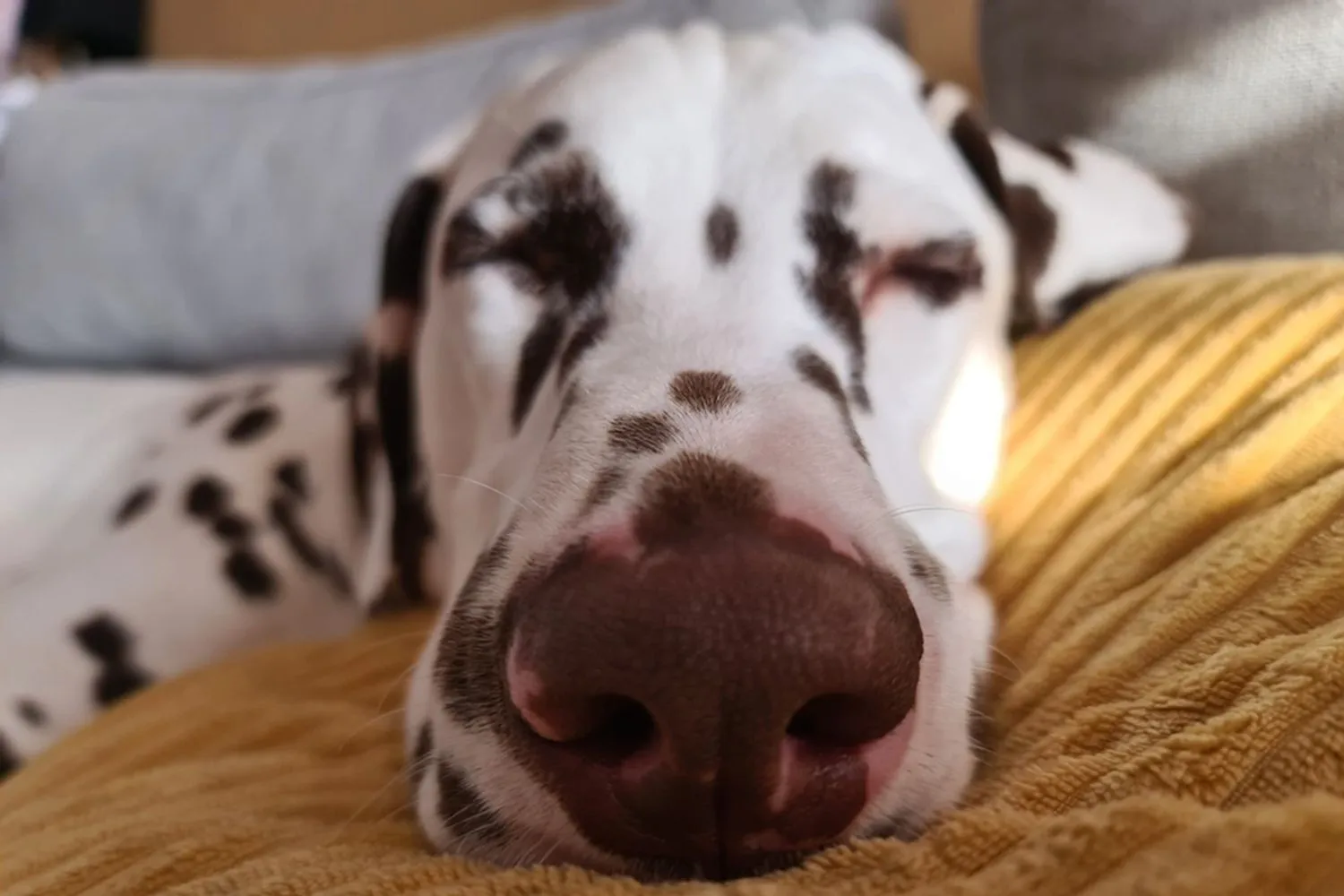
What is the lifespan of a Dalmatian?
These spotty charmers usually share your life for about 10 to 13 years, which is a solid run for a medium to large dog. Once famous as carriage dogs trotting beside horse drawn coaches, Dalmatians still carry that athletic spark. In a decade or so together, you’ll pack in plenty of trail walks, silly zoomies around the living room, and those quiet moments when they tuck their head under your arm like you’re their favorite pillow.
If you want to help your Dalmatian make the most of those years, think routine and balance. They thrive on daily exercise brisk walks or a good jog and mental games like hide and seek with treats or a puzzle toy. Keep up with vet checkups, keep their waistline trim, and offer lots of fresh water; that simple habit has been a great tip from my vet for active, spotty pups. I also found that teaching a solid “settle” cue early helps them shift from go go go to couch companion when the day winds down.
I remember my friend’s Dalmatian, Pepper, who turned 12 and still trotted the neighborhood like she owned it. We’d switch up routes to keep things interesting, and she’d strut a little taller every time someone complimented her spots. Friendly, clownish, and loyal, Dalmatians have a way of changing your daily rhythm for the better and with 10 to 13 years by your side, that’s a lot of laughter, footprints, and paw prints to collect.
For most adult Dalmatians, a good starting point is about 1.5 to 2 cups of food per day, ideally split into two meals. That range can shift depending on the calorie density of your kibble, your dog’s age, and how much they zoom around. My friend’s spotty speedster could run for miles, so on big adventure days he needed the higher end of that range, but on rainy couch potato days we eased back a little. If you’re ever unsure, I like to check the feeding guide on the bag and then sanity check it with my vet.
A few simple habits help. Use a proper measuring cup, keep treats modest (they count!), and watch your dog’s waistline gentle tuck at the ribs is a great sign. If you switch foods, adjust portions slowly over a week. And when you want extra guidance, the American Kennel Club (AKC) and your veterinarian are excellent resources for tailoring portions to your Dalmatian’s unique needs.
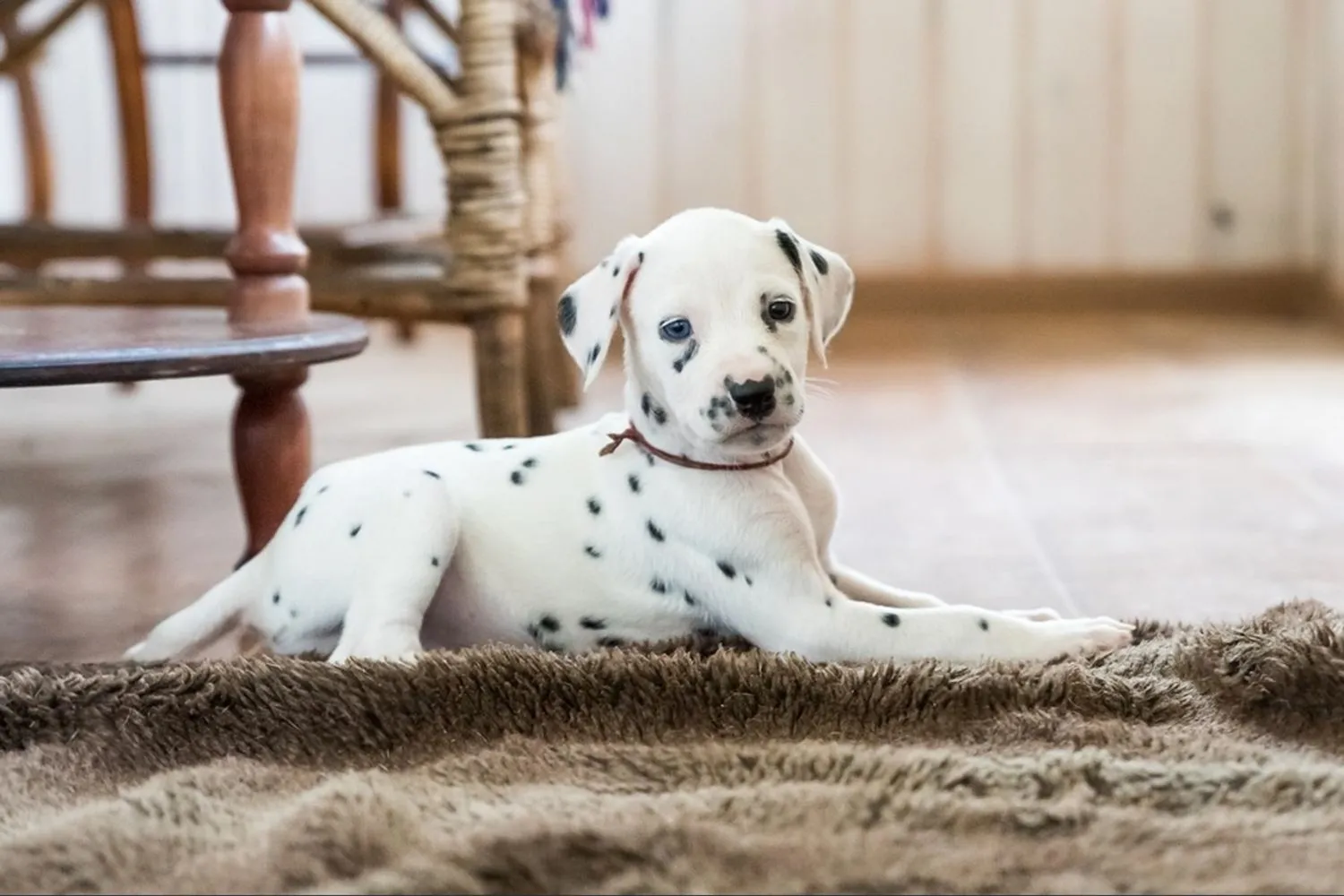
Dalmatian FAQs: Real Life Answers
Is a Dalmatian dog good for a first time dog owner?
Dalmatians aren’t usually the easiest match for first timers. They’re incredibly smart, which means they learn fast but that includes clever mischief if you’re not consistent. They need structure, clear boundaries, and plenty of activity. I once watched my neighbor’s Dalmatian, Pepper, figure out a baby gate in under a minute and proudly parade around with a sock trophy. If you’re new to dogs and set on a Dal, line up support: a good trainer, puppy classes, and a daily exercise plan. Also talk to reputable breeders and rescues; sometimes you discover a calmer breed suits you better or that an adult Dalmatian with some training already under their spots is a better fit than a puppy.
Why are Dalmatians often deaf?
There’s a known genetic issue in the breed where some Dalmatians are deaf due to reduced blood supply to the cochlea and the hair cells in the organ of Corti. Responsible breeders screen puppies with a BAER hearing test so you know if a pup hears in both ears, one ear, or neither. Deaf dogs can still live happy, full lives. A friend adopted a one eared listener named Domino and taught hand signals; that dog could nail a sit stay from across the park without a word. It just takes a slightly different training toolkit and good communication.
How much exercise does a Dalmatian need?
Plan on around 90 minutes a day, give or take, and not just plodding around the block. They’re athletic and happiest with a mix: brisk walks or jogs, a game of fetch, maybe some agility or long line sniffy adventures. On busy or rainy days I lean on brain games snuffle mats, hide and seek with treats, short training bursts to take the edge off. Build up gradually if they’re young, and keep things varied so their big brains don’t get bored.
Do Dalmatians like to cuddle?
Most do! They’re often affectionate and can be surprisingly cuddly for such an active breed. After a good workout, many turn into spotted lap heaters. One foster Dal I had would wedge his head under my arm like, “Excuse me, it’s snuggle o’clock.” Of course, personalities vary, so let your dog set the pace and make cuddles a calm, comfy routine.
How do you pick a Dalmatian puppy?
Trust your gut and do your homework. Visit the breeder, meet the mom (and dad if possible), and look for confident, curious puppies in a clean, calm environment. Ask about hearing test results, early socialization, and how the pups handle new sights and sounds. Choose the temperament that fits your life bold and busy isn’t always best for a quiet household. If you’re rescuing, ask about behavior, energy level, and any quirks. I like to do a meet and greet, a little walk, and a calm sit inside to see how we click. The right Dalmatian should feel like a teammate you can’t wait to explore life with.
Disclaimer:
This article is for informational purposes only and doesn’t replace professional veterinary or training advice. Always consult a certified vet or dog trainer for guidance specific to your pup.
